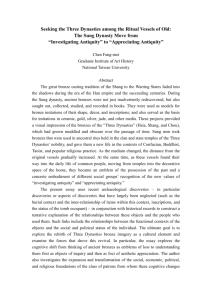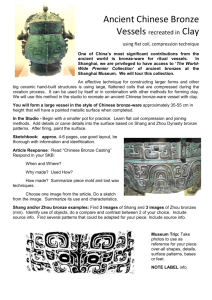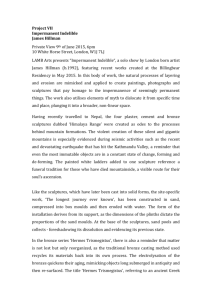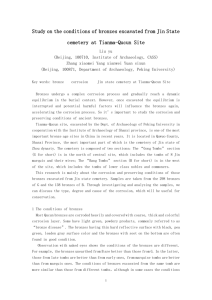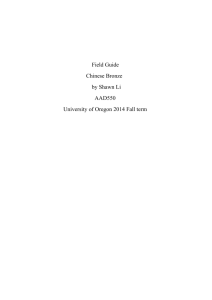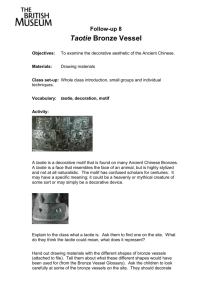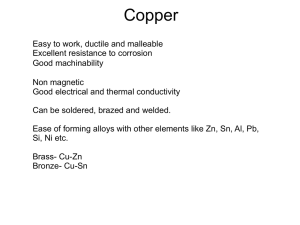`dishi-corazza`, coming or reporting provenience from the Fucino
advertisement
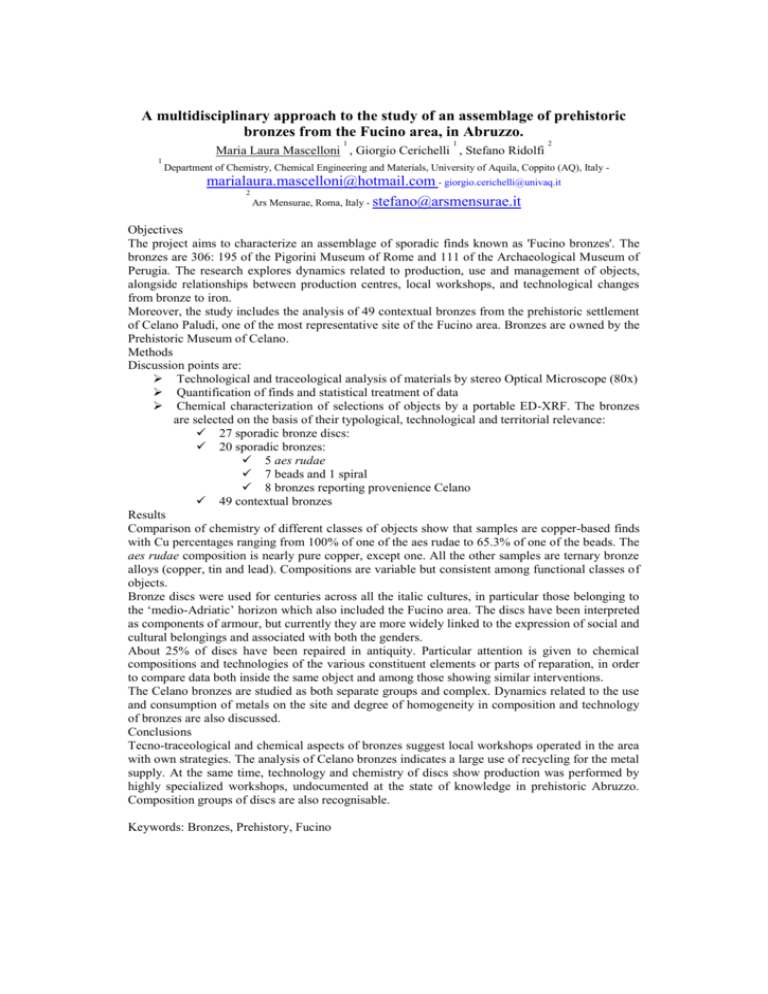
A multidisciplinary approach to the study of an assemblage of prehistoric bronzes from the Fucino area, in Abruzzo. 1 1 Maria Laura Mascelloni , Giorgio Cerichelli , Stefano Ridolfi 1 2 Department of Chemistry, Chemical Engineering and Materials, University of Aquila, Coppito (AQ), Italy - marialaura.mascelloni@hotmail.com - giorgio.cerichelli@univaq.it 2 Ars Mensurae, Roma, Italy - stefano@arsmensurae.it Objectives The project aims to characterize an assemblage of sporadic finds known as 'Fucino bronzes'. The bronzes are 306: 195 of the Pigorini Museum of Rome and 111 of the Archaeological Museum of Perugia. The research explores dynamics related to production, use and management of objects, alongside relationships between production centres, local workshops, and technological changes from bronze to iron. Moreover, the study includes the analysis of 49 contextual bronzes from the prehistoric settlement of Celano Paludi, one of the most representative site of the Fucino area. Bronzes are owned by the Prehistoric Museum of Celano. Methods Discussion points are: Technological and traceological analysis of materials by stereo Optical Microscope (80x) Quantification of finds and statistical treatment of data Chemical characterization of selections of objects by a portable ED-XRF. The bronzes are selected on the basis of their typological, technological and territorial relevance: 27 sporadic bronze discs: 20 sporadic bronzes: 5 aes rudae 7 beads and 1 spiral 8 bronzes reporting provenience Celano 49 contextual bronzes Results Comparison of chemistry of different classes of objects show that samples are copper-based finds with Cu percentages ranging from 100% of one of the aes rudae to 65.3% of one of the beads. The aes rudae composition is nearly pure copper, except one. All the other samples are ternary bronze alloys (copper, tin and lead). Compositions are variable but consistent among functional classes of objects. Bronze discs were used for centuries across all the italic cultures, in particular those belonging to the ‘medio-Adriatic’ horizon which also included the Fucino area. The discs have been interpreted as components of armour, but currently they are more widely linked to the expression of social and cultural belongings and associated with both the genders. About 25% of discs have been repaired in antiquity. Particular attention is given to chemical compositions and technologies of the various constituent elements or parts of reparation, in order to compare data both inside the same object and among those showing similar interventions. The Celano bronzes are studied as both separate groups and complex. Dynamics related to the use and consumption of metals on the site and degree of homogeneity in composition and technology of bronzes are also discussed. Conclusions Tecno-traceological and chemical aspects of bronzes suggest local workshops operated in the area with own strategies. The analysis of Celano bronzes indicates a large use of recycling for the metal supply. At the same time, technology and chemistry of discs show production was performed by highly specialized workshops, undocumented at the state of knowledge in prehistoric Abruzzo. Composition groups of discs are also recognisable. Keywords: Bronzes, Prehistory, Fucino

